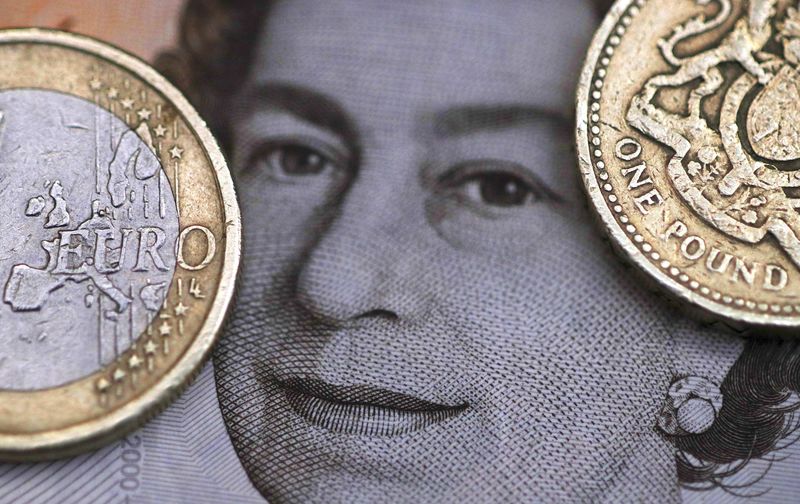Investing.com - Sterling and the euro pulled back from the day’s highs on Thursday amid jitters over the outcome of the historic referendum on whether the U.K. should remain in the European Union.
GBP/USD was last at 1.4775, still up 0.46% for the day, after rising to peaks of 1.4947 earlier, the strongest level since late December.
The pound hit the day’s highs after an opinion poll, conducted by polling company Ipsos MORI for the Evening Standard newspaper, indicated that the remain campaign was in the lead as voting continued in the landmark referendum.
The Ipsos MORI poll showed that that 52% of voters wanted to remain in the EU, compared to 48% in favor of Leaving.
Sterling had already reviewed a boost late Wednesday after opinion polls indicated that support for the Remain campaign edged into the lead.
Polling stations will close at 10 p.m. London time and final results are due at around 7 a.m. London time.
Investors fear that a Brexit vote would hit global stocks, bonds and currencies, in particular the pound, which some analysts have predicted could slump by 15%.
Reuters reported Thursday that finance leaders from the G7 nations will issue a statement stressing their readiness to take all necessary steps to calm markets in the event of a Brexit vote.
Rating agency Standard and Poor’s said Thursday that Britain’s triple A credit rating would be downgraded within a short period of time if the U.K. were to exit.
Sterling was little changed against the euro, with EUR/GBP at 0.7678, after the pair fell to more than three-week lows of 0.7624 earlier.
The euro trimmed gains against the dollar, with EUR/USD last up 0.49% at 1.1353, off highs of 1.1421.
The dollar remained higher against the safe haven yen, with USD/JPY up 1.28% to 105.74, recovering from the two-year trough of 103.53 set last Thursday.
The U.S. dollar index, which measures the greenback’s strength against a trade-weighted basket of six major currencies, was down 0.33% at 93.50.
In the U.S., data showed that initial jobless claims fell less than expected last week.
The Labor Department said the number of initial jobless claims fell to 259,000 in the week ending 18 June, from 277,000 a week earlier. It was the largest decline since February and not far from a 43-year low hit in March.
Economists had forecast a more modest drop to 270,000.
Another report showed that U.S. new home sales declined 6.0% in May, after hitting a more than eight-year high in April.
